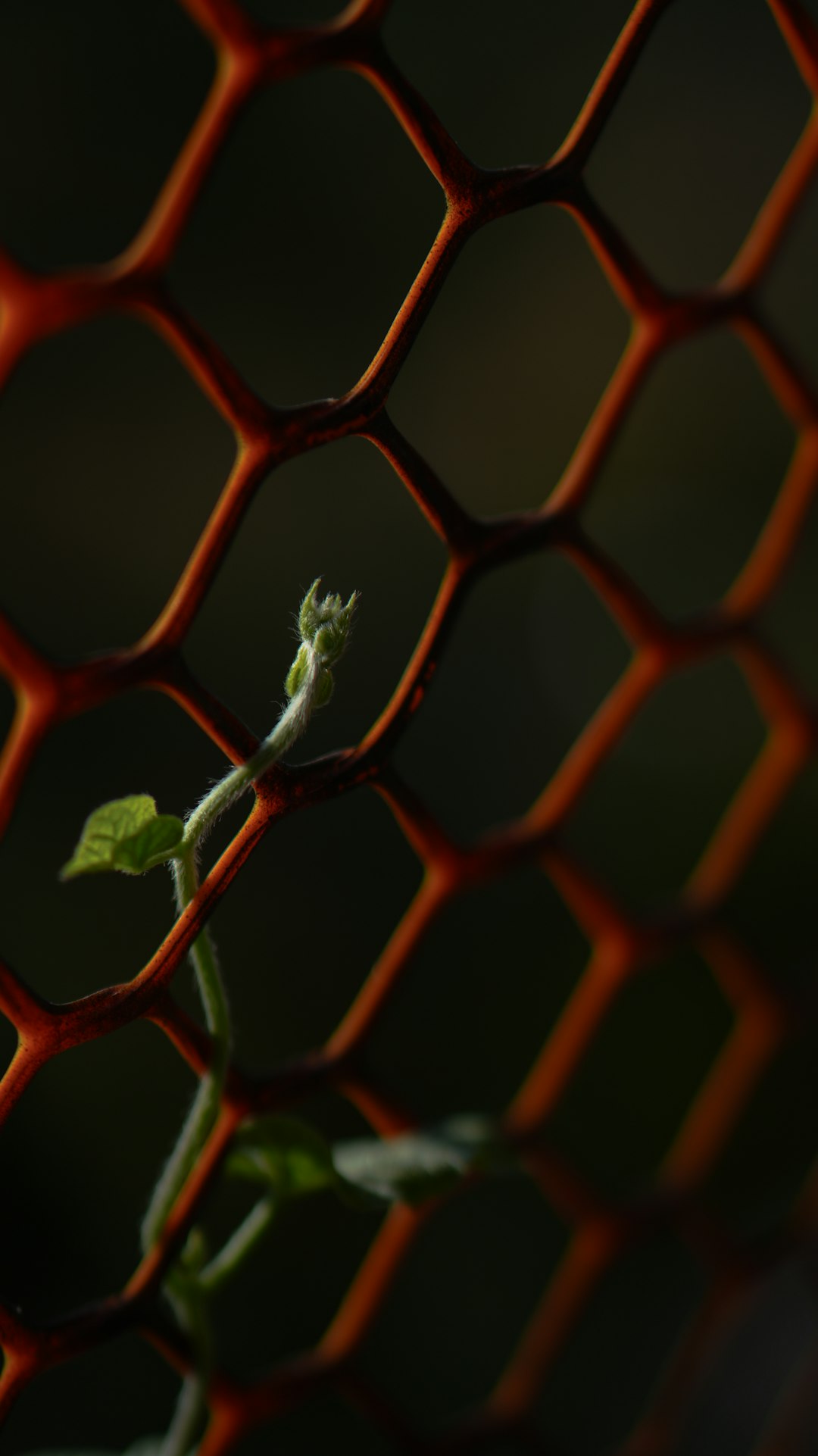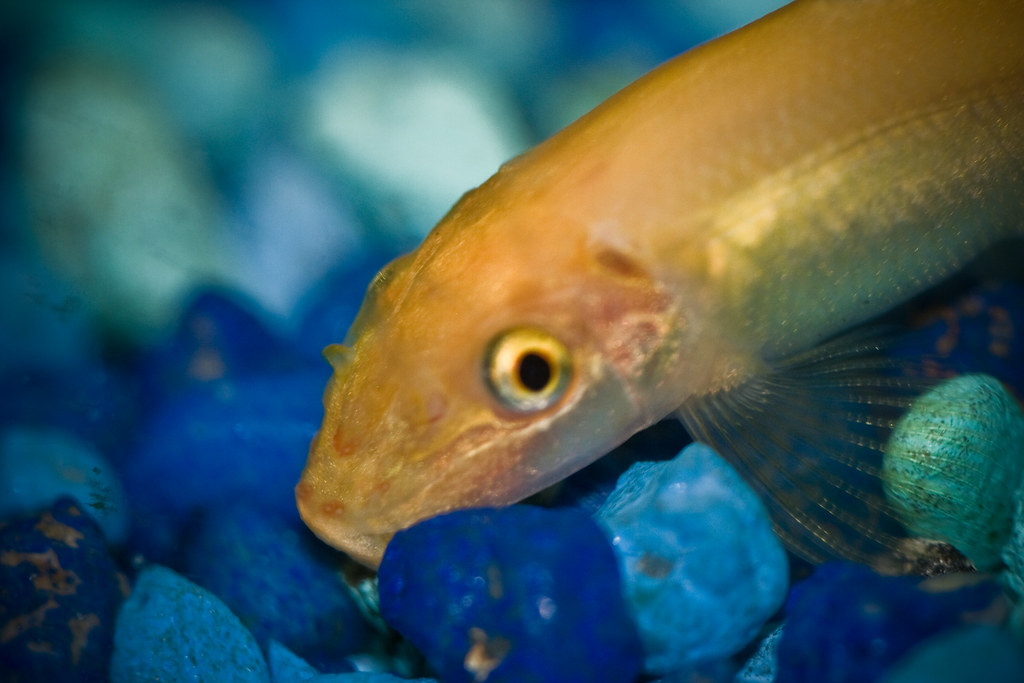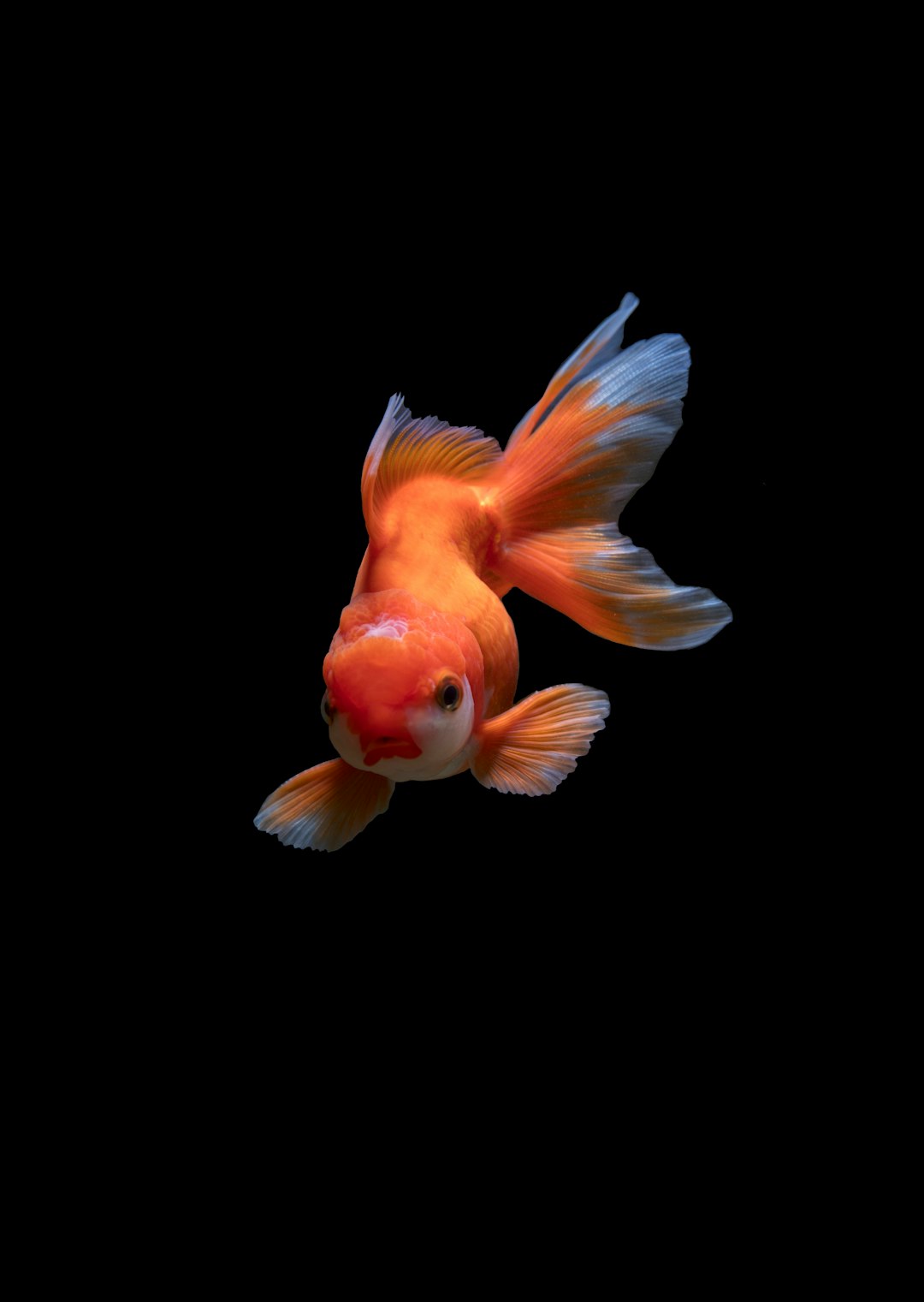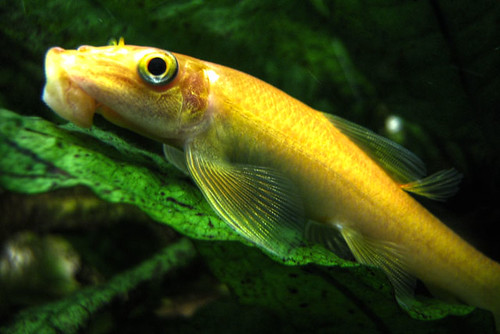
Algae—the nemesis of the fishtank! While goldfish can occasionally snack on it, they won’t win any awards for algae control. If you're tired of peering through algae-covered glass to admire your aquatic friends, it's time to consider introducing some dedicated algae-eaters that can peacefully share a tank with goldfish.
Hillstream Loach: The Algae Ninja

Hillstream loaches might just be the best-kept secret of the fish-keeping world! With their miniature stingray appearance and ability to cling to glass, they’re uniquely suited for life with goldfish. They love cooler waters—perfect for goldfish—and feast on algae and leftover food, making them ideal partners in keeping the tank clean.
Bristlenose and Rubbernose Plecos: The Dynamic Duo

Plecos are legendary algae eaters, but not all are suitable for goldfish tanks. Enter, the bristlenose and rubbernose plecos. While larger plecos might eye your goldfish as a midnight snack, these two are content munching on algae, driftwood, and even special sinking foods. They come with a bonus: they're nocturnal, so feed them after lights-off and they will steer clear of your goldfish buddies. Need an idea of what to expect as they grow? Read about the growth of golden algae eaters to explore how size might affect compatibility.
Dojo Loach: The Friendly Forager

Say hello to the dojo loach, a goldfish-safe algae-eater that thrives in colder waters and doesn’t just eat algae—it's a full-time forager. This loach loves a varied diet and turns your aquarium into a continuously self-maintaining unit, as long as you add food they find delicious. For more insights into loaches and algae habits, check out this expert guide: Do Loaches Eat Algae.
Choosing Goldfish-Friendly Companions

Finding tank mates for goldfish isn't just about what they eat; it's about compatibility. Here’s what to remember:
- Algae-eaters should thrive in 50-70°F.
- Peaceful coexistence is key—avoid aggressive species or tiny and delicate fish that could become unintended snacks.
- Stick to non-spiny varieties to prevent any accidents.
| Species | Ideal Water Temperature | Goldfish-Compatible |
|---|---|---|
| Hillstream Loach | 50-70°F | Yes |
| Bristlenose Pleco | 60-74°F | Generally Yes |
| Rubbernose Pleco | 60-74°F | Generally Yes |
| Dojo Loach | 50-68°F | Yes |
Beyond Fish: Algae Control Roundup

Relying solely on fish is a bit like expecting one vacuum to keep a mansion tidy. Consider complementing your algae battle crew with:
- Pond Aeration: Improves oxygen levels, boosting beneficial bacteria that starve algae.
- Plants: Aquatic plants are great for shading surfaces and competing with algae for nutrients.
- Regular Maintenance: Don't skimp on cleaning and partial water changes to handle the waste goldfish love to produce.
For cooler setups, explore cold water algae eaters that thrive alongside goldfish. If you're stocking with variety, don’t miss this helpful list of top 15 cold water aquarium fish to enhance your tank environment.
Wondering about alternative algae eaters? Ever considered snails? For effective coverage, learn how many nerite snails per gallon can really help in maintaining a pristine aquarium space.
If you're curious to explore more options and get a broad overview of compatible algae-eating species, consult this comprehensive resource on algae eaters.
So, which algae-eater are you adding to your tank? Share your thoughts or photos in the comments—we’d love to see how your underwater community is thriving!
API Algae Eater Wafers Fish Food

Keep your aquarium clear and your fish thriving with API Algae Eater Wafers. Designed for bottom-feeders, these wafers provide optimal protein for healthy growth and a balanced diet. Enhance water quality as fish produce less ammonia, promoting a clean and enjoyable environment for all aquatic life. Perfect for algae eaters, plecos, and other bottom-dwelling fish. Enjoy the peace of mind that comes with nurturing your underwater ecosystem.
Frequently Asked Questions
Can I put an algae eater with my goldfish?
It is generally not advised to keep algae eater fish with goldfish. Goldfish are cold-water fish and can eat tank mates that fit in their mouths, potentially including algae eaters. Additionally, goldfish and algae eaters may compete for food, leading to stress and health issues.
What are the best ways to control algae in a goldfish tank?
To control algae in a goldfish tank, focus on maintaining proper tank hygiene. This includes regular water changes, avoiding overfeeding, keeping the tank out of direct sunlight, and using a high-quality filtration system to reduce excess nutrients that promote algae growth.
Can cherry shrimp live with goldfish?
No, cherry shrimp are not suitable tank mates for goldfish. Goldfish will likely see cherry shrimp as food and may eat them. It's important to carefully research tank companions to ensure compatibility and safety for all inhabitants.
Do goldfish eat algae naturally?
Yes, goldfish may eat algae naturally as part of their diet. However, they cannot effectively control algae growth on their own. Proper tank maintenance and balanced feeding are essential for managing algae in a goldfish aquarium.
Are plecos good tank mates for goldfish?
Plecos are not ideal tank mates for goldfish. While they can eat algae, plecos are typically warm-water fish and may become aggressive or outcompete goldfish for food. Always choose tank companions with similar requirements for the best results.
We hope you're feeling inspired to create a harmonious community in your aquarium with the delightful addition of algae eater fish alongside your goldfish. There's always more to learn about maintaining a vibrant, healthy tank, and we love sharing all the tips and tricks with fellow fish enthusiasts. For even more ideas and inspiring underwater scenes, don't forget to follow us on Pinterest where we pin stunning aquarium setups. Dive into our daily snapshots of aquatic life on Instagram and keep the conversation flowing on X (formerly Twitter). If you'd love to join a community of fish lovers, swim over to our Facebook page, where you can share your experiences and photos. We'd love to see you there and hear about your own fishtank adventures!
